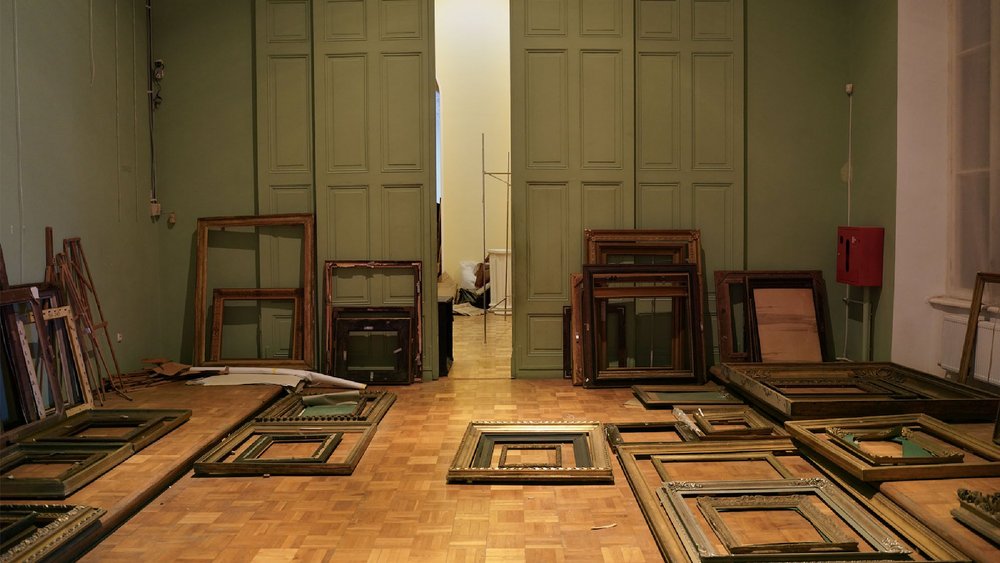The Events
- 16 October, 5:00 p.m., Urania Cinema (NCFK EC1, Targowa 1/3) – a meeting dedicated to Tomasz Ferenc's book "Airborne Fear. Ukrainian Artists and Cultural Institutions during the War"; speakers: Tomasz Ferenc, Marek Domański, Anna Gruver (author of the foreword), moderator: Prof. Katarzyna Waniek
- 16 October, 7:00 p.m., Andrzej Różycki Photosophical Archive (basement of the Biedermann’s Palace, Franciszkańska 1/5) – opening of the exhibition of photographs by Marek Domański
Field Research in Ukraine
The book by Tomasz Ferenc is based on research material obtained during five trips to Ukraine. The first took place in the summer of 2022 and the last in February 2025. During this time, the researcher interviewed artists and visited cultural institutions in Lviv, Kyiv and Odessa.
Biographical Perspective and Institutional Analysis
The book combines a biographical perspective – following the approach proposed by Fritz Schütze – with an institutional analysis. The empirical material consists of over 40 informal interviews, several of which were repeated one or two years apart
– emphasises Prof. Tomasz Ferenc.
Stages of Experiencing War
The book is an attempt to reconstruct the successive stages of experiencing war, beginning with the period preceding its full-scale impact, through the initial reactions and actions undertaken. It describes the phenomenon of mass involvement in volunteering and the processes of adaptation to the new reality of war.
Cultural Institutions and Artistic Strategies
The publication examines the operation of cultural institutions during the conflict and reconstructs the artistic strategies undertaken by artists. It highlights the changes occurring with each passing year of the war, the devastating impact of the prolonged crisis, and the sense of exhaustion on the one hand, and the remarkable resilience and perseverance of the Ukrainian elite on the other.
Photographs – Documentation of Material Remains
Photographs taken by Marek Domański during his travels with Tomasz Ferenc to Lviv, Kyiv, and Odessa constitute an important element of the publication. The works presented in the exhibition "Airborne Fear" are documentary in nature and of a forensic aesthetic. The photographer assumed that the primary experience of the viewer is perceiving the reality they represent. In other words, what we see is no longer an image of reality, but reality itself. The primary and undisputed guarantor of an image's adherence to reality is its creator. As in sociological research, trust in the researcher is the foundation for validating fieldwork accounts.
The "Stickiness" of War
War, despite being a total phenomenon – it is always and everywhere – cannot be experienced in its entirety.
Like any hyperobject, it is "sticky," clinging to everyone and everything. It is non-local, yet people in Ukraine are constantly exposed to its effects through a sense of lack and the need to conceal. It is precisely through this lack and concealment that the war in Ukraine affects us. There is shortage of things, people, opportunities... Concealment, however, is a constant practice of everyday life. One must hide by going into a shelter, one must conceal supplies, emotions and plans for an uncertain future. War manifests itself in these photographs through lack, caused by absence or the visible concealment resulting from the need to save people and cultural heritage
– says Prof. Marek Domański.

